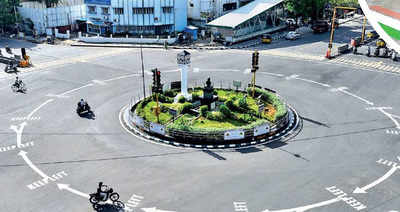The Hindu 08.06.2017
‘Plenty to learn from other cities’
Residents unhappy with civic amenities; suggest a variety of other models
Lack of water, poor waste management, and a surge in traffic mar
Chennai’s record in urban development. “The slums in Kannagi Nagar have
been built on a waterbody. The area was inundated during the floods in
2015 because of the incompetence of the Corporation. The city’s
developmental projects are 20 years behind time,” says Chandramohan,
secretary of Arappor Iyakkam (AI), an NGO.
The organisation
recently released a report stating that the city generates 1,500 million
litres of sewage a day (MLD), a figure that is three times more than
what is stated by Chennai Metropolitan Water Supply and Sewerage Board
(CMWSSB).
Kaiona Chhatrapati, a student in Noida, says Chennai can
learn from other cities. “Despite pollution being worse in Noida, the
Corporation there has better waste management practices,” she says.
Citing the example of Chandigarh, Seenivasan Varadachar, a businessman
who has lived in the city for over 28 years, notes it is well planned
and green. “ The parking lots are spacious and there is little traffic
congestion. Chennai’s traffic is rising and security is an issue
nowadays,” he adds.
Obtaining documents
Residents
like Uma Gurumurthy, who have lived in several tier II cities such as
Coimbatore and Dhanbad, feel that it is easier to obtain government
documents such as marriage and building registrations in such towns.
“The volume of transactions is lesser. Building registrations come
through in two months. Unless one knows higher officials in Chennai, we
don’t receive papers,” she says.
Education is one of the factors
that many residents feel is a plus point for Chennai. With students of
the city notching up consistent performances in competitive exams,
educators feel that primary schooling is also on a strong footing.
“Active reforms are in place with respect to primary education in
Chennai. The use of Activity Based Learning in classrooms has provided
greater results,” says Shivaranjani R., a fellow at Teach For India.
(
With inputs from Kavya Balaji)

